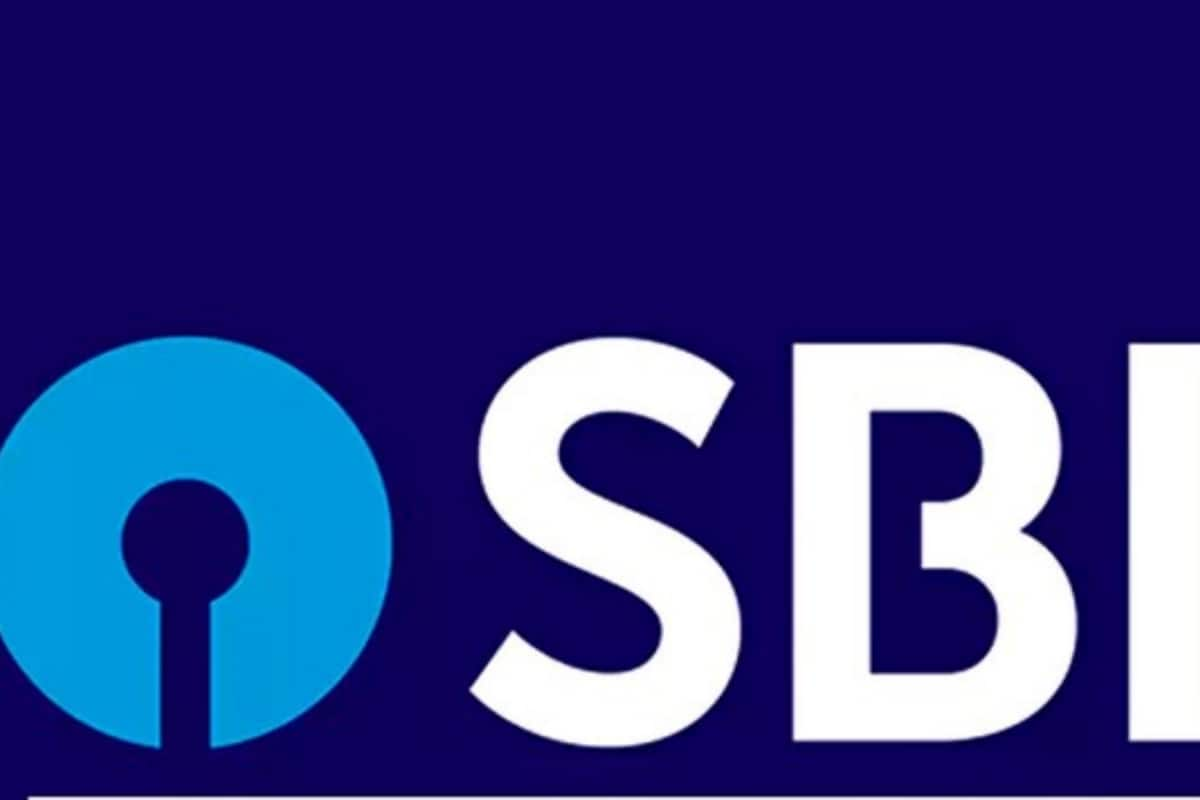

In a move that is set to bring cheer to borrowers, the State Bank of India (SBI) has announced a reduction in its marginal cost of funds-based lending rate (MCLR) by 25 basis points (bps) across all tenures, effective July 15, 2025. This decision is poised to lower equated monthly installments (EMIs) for customers with loans linked to MCLR, providing a significant financial respite.
The revised MCLR rates now range from 7.95% to 8.90%, compared to the previous range of 8.20% to 9.10%. Specifically, the overnight and one-month MCLR have been reduced by 25 bps, settling at 7.95%. The three-month MCLR has been lowered by 20 bps to 8.35%, and the six-month MCLR also saw a 20 bps reduction, now at 8.70%. The one-year MCLR, a crucial benchmark for many consumer loans, has been reduced by 20 bps to 8.80%. Similarly, the two-year and three-year MCLRs have been revised downwards by 20 bps each, now standing at 8.85% and 8.90% respectively.
MCLR is the minimum interest rate that a bank can lend at. It is based on factors such as the bank's cost of funds, operating expenses, and the cash reserve ratio. When SBI reduces its MCLR, it directly impacts the interest rates on floating-rate loans. This means borrowers with home loans, auto loans, and personal loans linked to MCLR can expect their EMIs to decrease or their loan tenures to shorten. For instance, a 25 bps reduction in interest rate could reduce the EMI on a ₹50 lakh loan or decrease the loan tenure.
While the MCLR reduction is welcome news for borrowers, its impact is not as immediate as a cut in repo-linked lending rates (RLLR). MCLR changes affect EMIs after the loan's reset date, which can be semi-annual or annual, depending on the bank's policy and the loan agreement. In contrast, RLLR is directly linked to the Reserve Bank of India's (RBI) repo rate, and any changes in the repo rate are immediately passed on to borrowers.
It's important to note that SBI's External Benchmark Lending Rate (EBLR) remains at 8.15%, effective June 15, 2025. Home loan interest rates currently vary from 7.50% to 8%. The reduction in MCLR is part of a broader trend among banks to offer more competitive lending rates. Other banks, including Bank of Baroda, Canara Bank, HDFC Bank, Punjab National Bank and Indian Bank, have also announced reductions in their MCLR.
This move by SBI is expected to stimulate borrowing and boost economic activity. By lowering the cost of borrowing, the bank aims to encourage consumers to take out loans for various purposes, such as home purchases, vehicle financing, and personal needs. This increased demand for credit can lead to higher spending and investment, contributing to overall economic growth.